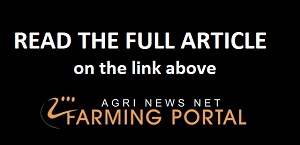Amongst the various food groups contributing to inflation, meat is the largest at 32% (Figure 1) ( Attach) and therefore, while the price of meat has not increased to the same extent as vegetable oil, breads and cereals, it has been a major driver of rising food inflation in South Africa. Within the meat basket, poultry (12%) and beef (8%) products make the largest contribution. Thus it is worth considering the key factors driving meat prices and how these factors might evolve over the coming months.
Price formation dynamics amongst South Africa’s various meat sectors differ due to inherent differences in production systems, consumption patterns and the role of trade for the various products. For instance, imports constitute roughly 22% of South African poultry consumption, and hence the prices of imported products, which compete in the market with South African products, have a significant influence on domestic prices. Conversely, the beef sector recently transitioned to a net export position, with around 5% of production exported into the global market over the past three years. Exports predominantly comprise higher value cuts and, while export growth has accelerated, and global market dynamics play an important role in domestic price formation, domestic supply and demand conditions still play a major role in driving domestic carcass prices. Amongst the smaller meat types, such as pork and lamb, international trade also comprises a relatively small share of the market, and so prices reflect a combination of global market dynamics, exchange rate fluctuations, domestic supply and demand, and the inherent substitutability between various meat types.
















